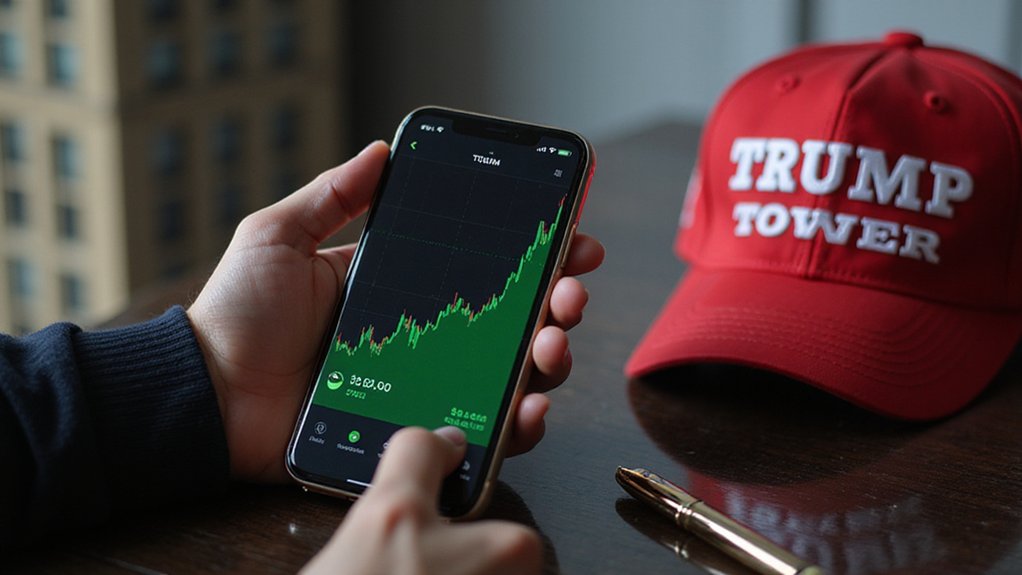In the pantheon of corporate financial gambles, few executives have staked their reputation—and their company’s balance sheet—on a single asset with the unwavering conviction of Michael Saylor. The MicroStrategy chairman has transformed his software company into what amounts to a leveraged Bitcoin investment vehicle, accumulating nearly 597,300 BTC worth approximately $65 billion at current prices—a treasury strategy that would have been unthinkable just five years ago.
Saylor’s evangelism reaches fever pitch when describing Bitcoin as “perfected, programmable, and incorruptible capital,” positioning it as the ultimate asset coveted by individuals, adversaries, and AI systems alike. His message at Bitcoin 2025 was unambiguous: abandon fiat currency, bonds, inferior equities, and real estate for Bitcoin’s superior appreciation potential. This isn’t mere speculation—it’s a fundamental reimagining of corporate treasury management.
Saylor’s radical treasury doctrine: ditch traditional assets for Bitcoin’s unmatched appreciation potential in an evolving financial landscape.
The mechanics of Strategy’s approach (the company’s rebranded identity) reveal sophisticated financial engineering. Rather than simply buying Bitcoin with cash, the firm has issued common stock and preferred equity to leverage its exposure, creating structured products that offer yield while maintaining aggressive accumulation. The company’s $22 billion in unrealized gains validates this strategy—at least for now.
Yet legal challenges loom. A class action lawsuit alleges Strategy overstated profitability and inadequately disclosed Bitcoin-related risks, highlighting the regulatory scrutiny facing institutional adopters. The criticism centers on accounting transparency and the complexities of integrating volatile digital assets within traditional corporate frameworks.
The broader implications extend beyond Strategy’s balance sheet. Saylor’s advocacy targets institutional investors, corporations, and sovereign entities, promoting Bitcoin as essential for strategic capital preservation. His “budget neutral” approach encourages companies to gradually build Bitcoin reserves while sharing equity risk with investors—potentially spawning new investment vehicles. His success with MicroStrategy’s market cap rising from $10 million to $5 billion demonstrates how equity partnerships can amplify wealth through shared vision.
Whether this constitutes visionary leadership or reckless speculation depends largely on Bitcoin’s continued appreciation. Strategy’s pause in purchasing after acquiring 41,407 BTC in Q2 2025 suggests even Saylor recognizes timing considerations. The institutional finance sector is increasingly exploring smart contracts to automate treasury operations and reduce reliance on traditional intermediaries in asset management.
The ultimate test lies in whether institutional observers view Strategy’s model as a blueprint for treasury innovation or a cautionary tale about concentration risk in a volatile asset class.









